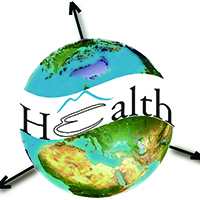Comparison of GPS imputation methods in environmental health research

Accepted: 4 July 2022
HTML: 29
All claims expressed in this article are solely those of the authors and do not necessarily represent those of their affiliated organizations, or those of the publisher, the editors and the reviewers. Any product that may be evaluated in this article or claim that may be made by its manufacturer is not guaranteed or endorsed by the publisher.
Authors
Assessment of personal exposure in the external environment commonly relies on global positioning system (GPS) measurements. However, it has been challenging to determine exposures accurately due to missing data in GPS trajectories. In environmental health research using GPS, missing data are often discarded or are typically imputed based on the last known location or linear interpolation. Imputation is said to mitigate bias in exposure measures, but methods used are hardly evaluated against ground truth. Widely used imputation methods assume that a person is either stationary or constantly moving during the missing interval. Relaxing this assumption, we propose a method for imputing locations as a function of a person’s likely movement state (stop, move) during the missing interval. We then evaluate the proposed method in terms of the accuracy of imputed location, movement state, and daily mobility measures such as the number of trips and time spent on places visited. Experiments based on real data collected by participants (n=59) show that the proposed approach outperforms existing methods. Imputation to the last known location can lead to large deviation from the actual location when gap distance is large. Linear interpolation is shown to result in large errors in mobility measures. Researchers should be aware that the different treatment of missing data can affect the spatiotemporal accuracy of GPS-based exposure assessments.
How to Cite

This work is licensed under a Creative Commons Attribution-NonCommercial 4.0 International License.
PAGEPress has chosen to apply the Creative Commons Attribution NonCommercial 4.0 International License (CC BY-NC 4.0) to all manuscripts to be published.

 https://doi.org/10.4081/gh.2022.1081
https://doi.org/10.4081/gh.2022.1081




